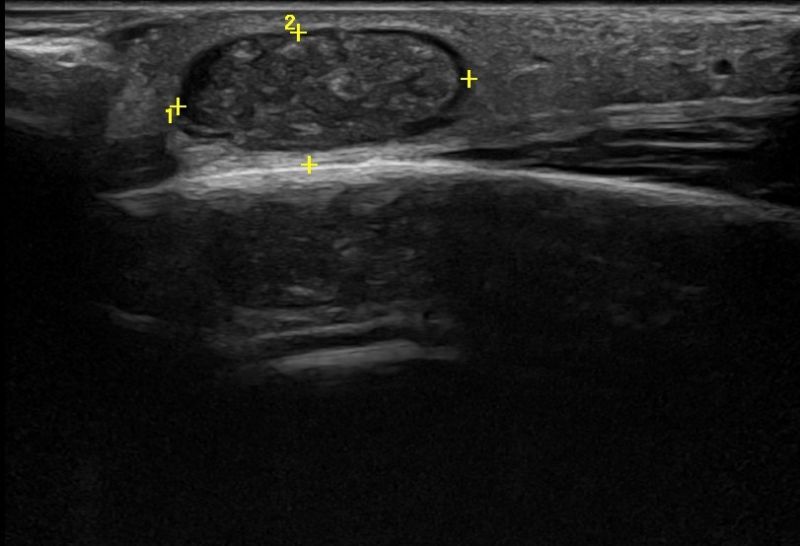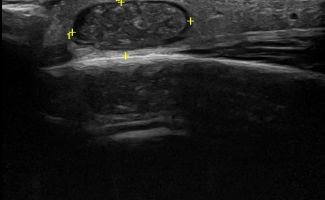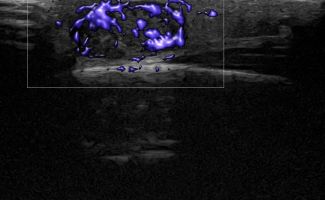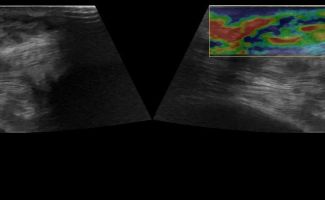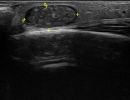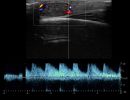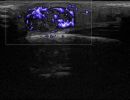Which parts of the body can undergo Soft Tissue Ultrasound?
Soft Tissue Ultrasound is an examination that can be performed on any area where there is a palpable finding.
What ultrasound techniques are used for characterizing a Soft Tissue lesion?
- Color Doppler Technique: Examines the vascularity of the lesion.
- Pulsed Doppler Technique: Studies the presence of arterial or venous blood flow within the lesion.
- Elastography: Studies the elasticity of a lesion. These techniques help us characterize whether the lesion is vascular in nature and whether it has benign or suspicious characteristics.
What are the categories of lesions that can be diagnosed with Soft Tissue Ultrasound?
- Fatty Tissues
- Non-encapsulated lipomas (lipomas without a capsule)
- Lymph nodes
- Vascular lesions (e.g., hematoma)
- Ganglia
- Cysts
- Tumors
How is Soft Tissue Ultrasound performed, and what preparation is needed?
The examination does not require any special preparation. The patient, depending on the location of the finding, is examined lying down or sitting after the application of gel to the area. Using special, high-resolution transducers, the examination is conducted. In addition to the grey scale examination (B-mode), a study is performed with Color Power Doppler and Elastography. The duration of the examination is 20-30 minutes.



